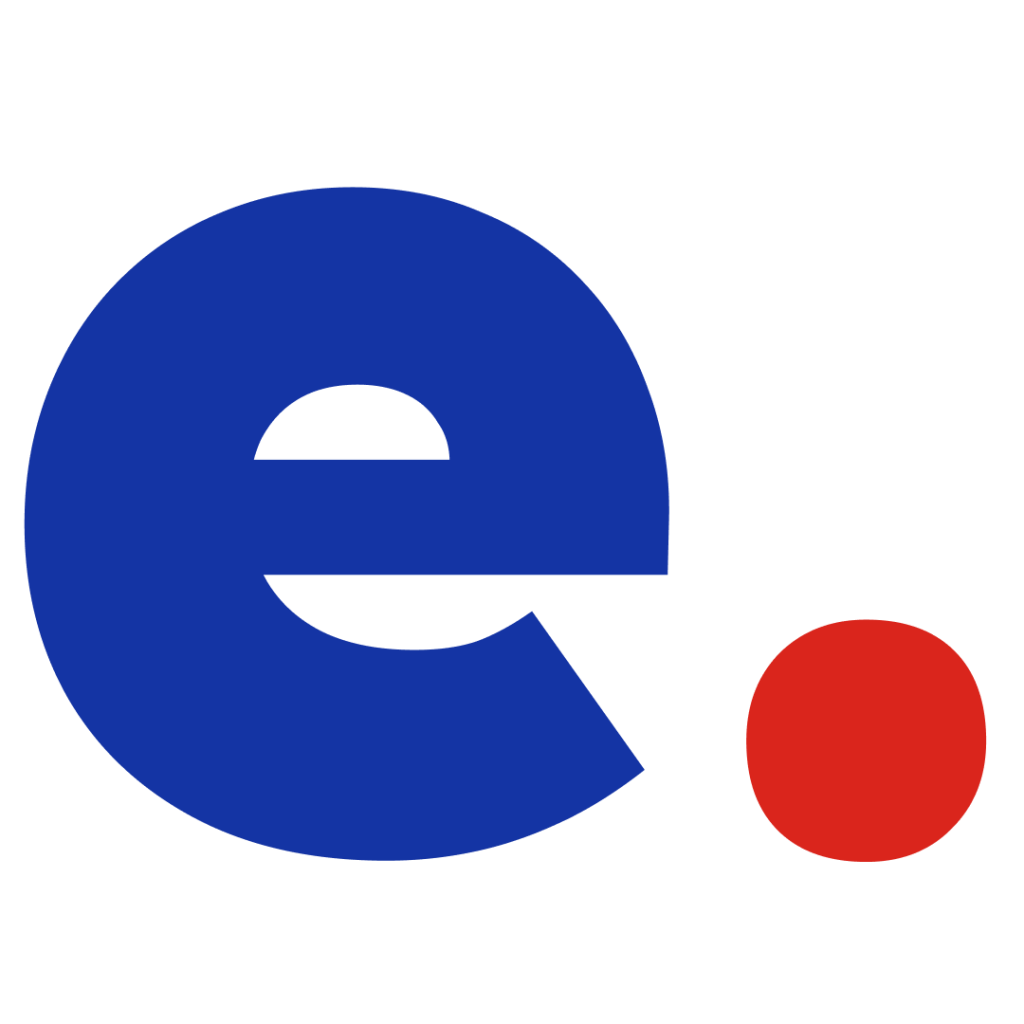Freelancing in the US has evolved into a strategic career choice. From digital marketers to coders, designers to handymen, freelancers are tapping into platforms that prioritize skill, flexibility, and high-value clients over low-ball bids. In 2025, the right platform can shape your success, connecting you with opportunities that match your expertise and lifestyle.
Here’s a curated list of the top freelancing platforms for US-based professionals, designed to help you thrive in today’s smarter freelance economy.

Flexable
Flexable is making waves in the US, with over 19,800 freelancers and 1,500 agencies in its ecosystem. It’s not just a job board; it’s a community built for quality, blending solo talent with agency-grade projects. For US freelancers seeking scalable marketing or tech gigs, Flexable’s curated onboarding and focus on client satisfaction set it apart.
Why It’s Great:
-
Rapid growth in the US market
-
Combines solo and agency collaboration
-
Streamlined process prioritizes quality
The Downsides:
-
Global reach still developing
-
Limited niche role diversity
-
Smaller client pool for specialized skills
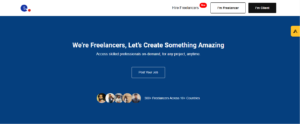
Upwork
Upwork remains a dominant force in 2025, offering a vast range of gigs in marketing, tech, writing, and more. It serves startups and Fortune 500 companies alike, with opportunities for quick projects or long-term contracts. AI-driven job matching boosts visibility, helping US freelancers land roles based on their skills and track record.
Why It’s Great:
-
Broad range of project types
-
Trusted by major US brands
-
Supports short and long-term work
The Downsides:
-
High competition for new freelancers
-
Fees range from 10% to 20%
-
Algorithm-driven visibility can be tough to crack
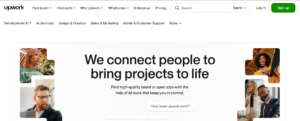
Fiverr
Fiverr’s fixed-price model thrives in 2025, ideal for US-based marketers, content creators, and designers. Its intuitive platform lets you craft tailored service packages, while Fiverr Neo’s AI recommendations connect you with clients faster. It’s perfect for freelancers who want to productize their skills and stand out.
Why It’s Great:
-
Streamlined for niche, creative services
-
Quick setup to start selling
-
Fiverr Neo enhances client matching
The Downsides:
-
Price wars can undervalue expertise
-
Limited gig format flexibility
-
Ratings heavily impact discoverability

Freelancer.com
Freelancer.com’s massive marketplace lets US freelancers bid on projects or compete in contests across marketing, tech, and creative fields. Its scale offers reach, but competition is fierce. With a polished pitch and strong reviews, it’s a solid choice for those comfortable hustling for gigs.
Why It’s Great:
-
Huge global and US client base
-
Options for bids or contests
-
Covers diverse industries
The Downsides:
-
Bidding can lower earnings
-
Free plan limits visibility
-
Some jobs are vague or low-budget

Toptal
Toptal’s rigorous vetting accepts only the top 3% of applicants, making it a premium hub for US freelancers in tech, marketing, and design. It connects seasoned pros with high-budget projects from top US brands. If you’ve got a stellar portfolio, Toptal opens doors to lucrative opportunities.
Why It’s Great:
-
Elite clients with big budgets
-
High-value, high-impact projects
-
Vetting builds instant credibility
The Downsides:
-
Highly selective entry process
-
Focused on tech, marketing, and design
-
Not beginner-friendly

Guru.com
Guru offers a reliable platform for US freelancers seeking flexible projects in marketing, tech, or writing. Its SafePay system and workrooms ensure smooth collaboration, while lower fees make it appealing. Though less flashy than newer rivals, Guru’s simplicity suits freelancers who value consistency.
Why It’s Great:
-
Flexible payment and project options
-
User-friendly collaboration tools
-
Competitive fees compared to peers
The Downsides:
-
Smaller project volume
-
Dated interface
-
Limited freelancer marketing tools

PeoplePerHour
UK-based PeoplePerHour has a growing US presence, excelling in marketing, design, and web development. Its mix of gig-style offers and proposal-based projects gives freelancers flexibility. For US marketers and creatives, it’s a strong choice, though less dominant locally.
Why It’s Great:
-
Great for marketing and design gigs
-
Flexible gig and project options
-
Transparent rating system
The Downsides:
-
Slower support response times
-
Budget-conscious clients common
-
Stronger in Europe than the US

LinkedIn’s Services Marketplace lets US freelancers showcase services on their profiles, while its job board lists freelance roles in marketing, tech, and more. Its strength is organic discovery through posts and connections, making it ideal for those who network actively.
Why It’s Great:
-
Built-in professional credibility
-
Networking drives client leads
-
Ties into robust job listings
The Downsides:
-
Limited freelance-specific tools
-
Manual project tracking
-
Marketplace less mature for some fields

We Work Remotely
This job board excels in remote roles, with a strong marketing section for US freelancers in SEO, content, and social media. It attracts remote-first companies, but you’ll manage outreach and contracts independently. It’s perfect for marketers seeking high-quality gigs.
Why It’s Great:
-
Curated, high-quality listings
-
Dedicated marketing job section
-
Trusted by remote US employers
The Downsides:
-
No freelancer profiles or tools
-
Manual outreach required
-
Competitive, time-sensitive listings
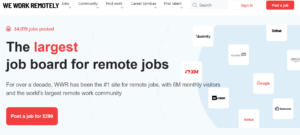
Remote.co
Remote.co specializes in remote roles, many of which are freelance marketing gigs in content, social media, and performance marketing. Its clean, curated job board is ideal for US freelancers seeking part-time or contract work without the clutter.
Why It’s Great:
-
Reliable marketing contract listings
-
Trusted by remote US companies
-
Simple, no-login job board
The Downsides:
-
No built-in messaging or tools
-
Manual follow-up needed
-
Lower volume than larger platforms

Creative Market
Creative Market is a go-to for US designers selling assets like fonts and templates, but it also doubles as a portfolio hub for custom freelance work. It’s ideal for creatives blending passive income with client projects, though it’s less focused on direct services.
Why It’s Great:
-
Passive income from digital assets
-
High visibility for design portfolios
-
Attracts design-focused US clients
The Downsides:
-
Primarily product-focused
-
Payouts tied to asset sales
-
Limited direct project support

FlexJobs
FlexJobs’ subscription model delivers vetted, scam-free freelance listings for US marketers, writers, and tech pros. Its focus on remote and flexible roles makes it a trusted choice for freelancers seeking legitimate opportunities without the noise of open job boards.
Why It’s Great:
-
Curated, scam-free listings
-
Strong focus on US remote roles
-
High-trust client base
The Downsides:
-
Monthly subscription fee
-
Fewer tech-specific gigs
-
Some listings favor part-time roles

Simply Hired
Simply Hired pulls freelance, part-time, and remote jobs from across the web into one platform. US freelancers can filter by keyword or category to find marketing, tech, or creative gigs without juggling multiple accounts, though job quality varies.
Why It’s Great:
-
Aggregates jobs from multiple sources
-
Broad industry coverage
-
No signup needed to browse
The Downsides:
-
No project management tools
-
External application process
-
Inconsistent job quality

Indeed
ndeed’s massive database includes freelance and contract roles in marketing, tech, and design, with powerful filters for US-based remote gigs. Its brand recognition attracts top employers, but freelancers must navigate heavy competition and filter carefully for true freelance work.
Why It’s Great:
-
Huge pool of US freelance jobs
-
Easy application process
-
Strong employer trust
The Downsides:
-
High competition for listings
-
Requires precise filtering
-
Sponsored posts can bury organic results

SolidGigs
olidGigs curates top freelance gigs weekly, emailing US freelancers high-quality opportunities from trusted companies. It saves hours of searching, focusing on marketing, tech, and creative roles, though its subscription model may deter budget-conscious freelancers.
Why It’s Great:
-
Time-saving curated gig lists
-
High-quality, vetted opportunities
-
Weekly updates keep gigs fresh
The Downsides:
-
Paid subscription required
-
Not industry-specific
-
Limited access without payment

TaskRabbit
TaskRabbit connects US freelancers with local clients for in-person services like repairs, deliveries, and cleaning. It’s perfect for those in urban areas seeking hands-on gigs, with fast onboarding and direct client communication fostering repeat business.
Why It’s Great:
-
Ideal for local, real-world jobs
-
Quick setup and client interaction
-
Builds repeat clients in your area
The Downsides:
-
Not suited for remote work
-
Service fees apply
-
Income varies by city and season
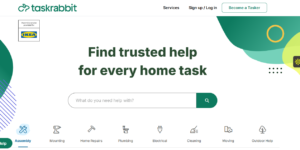
Final Takeaway
The US freelance market in 2025 is about strategy, not hustle. Whether you’re a marketer crafting campaigns, a developer coding solutions, a designer selling assets, or a local pro tackling hands-on tasks, these platforms connect you with clients who value quality.
Choose one that fits your skills and work style, from remote marketing gigs to local services, and build a career that’s flexible, profitable, and fulfilling.
